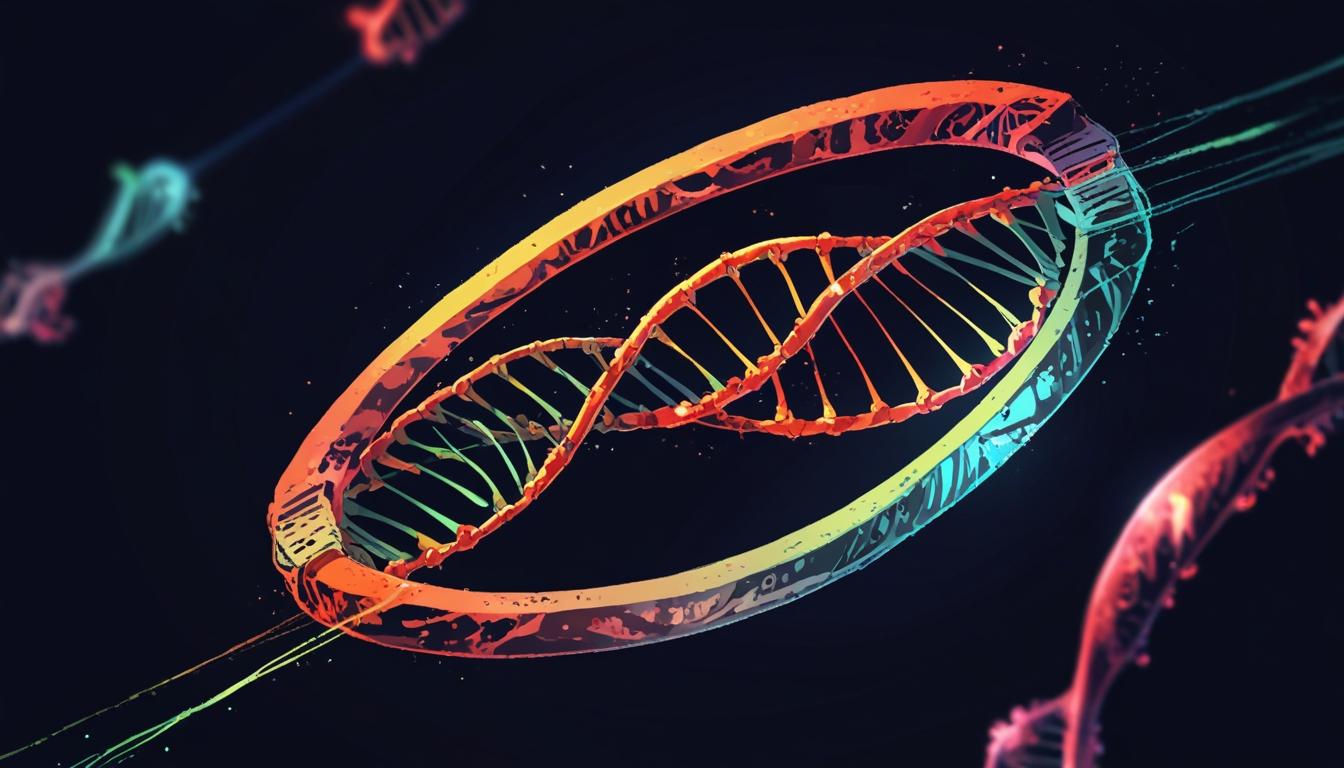Groundbreaking Research in Antibiotic Resistance: Birmingham Scientists Uncover Genetic Code for Plasmid Curing
In a significant advancement in the battle against antibiotic resistance, scientists at Birmingham’s School of Biosciences have made crucial strides in understanding a technique known as plasmid curing. This innovative method aims to ‘displace’ antibiotic resistance genes from bacteria, a pressing concern as these genes pose a growing risk to public health worldwide.
Plasmids, which are small, circular DNA molecules found in many bacteria, facilitate the rapid sharing of crucial genes among bacterial populations. While they can harbour advantageous traits, including those that confer antibiotic resistance, their presence can severely diminish the effectiveness of current treatments. Professor Chris Thomas, leading the research, has been investigating the mechanics of plasmid curing for years. His team has successfully created "multi-copy" plasmids, which allow for the efficient displacement of unwanted plasmids carrying resistance genes. This breakthrough has culminated in a patented process that could reshape approaches to managing antibiotic resistance in bacterial infections.
The complexity of developing a more generalized “probiotic” system capable of spreading through the gut highlighted challenges for Professor Thomas’s group. They discovered that to ensure effective displacement, these systems required higher numbers of plasmid copies, a process termed “potentiation.” This finding underscores the intricate balance between speed and efficiency when designing genetic tools aimed at combating resistance.
In their recent publication in Nucleic Acids Research, the researchers identified critical components within the F plasmid, typically found in E. coli, which are essential for effective plasmid displacement. Professor Thomas elaborated on this, stating, “We have identified the part of the plasmid that is absolutely essential for it to work in plasmid displacement, and built a completely new ‘curing cassette’ that does not need to be potentiated.” This advancement not only simplifies the engineering process but also enhances its applicability in diverse contexts.
The implications of this research are profound, especially considering the role of animals as reservoirs for antibiotic resistance genes that can be transmitted to humans. The team’s ongoing work in animal models is promising, with preliminary findings offering insights into how these plasmids can be made to function effectively in realistic biological settings. “We now understand better how to make curing plasmids that work in a real context,” stated Professor Thomas, emphasising the potential for real-world application.
Beyond this groundbreaking work, the study of plasmid curing is gaining momentum in the scientific community. The emergence of novel systems, such as CRISPR-Cas9 technologies, showcases additional promising methodologies. In one recent study, a CRISPR-based system named pCasCure demonstrated over 94% efficiency in eliminating specific resistance genes from clinical isolates, underscoring an exciting avenue for clinical application in treating infections caused by resistant bacteria. Similarly, VADER, a synthetic biology system, aims to address antibiotic resistance in environmental contexts by targeting plasmid-borne resistance genes.
However, the road to effective plasmid curing is fraught with complexities. Researchers caution that while various methods, including the use of intercalating agents and specific antibiotics, have shown some success in lab settings, the potential for promoting further resistance through deployment in clinical settings remains a critical concern. Careful consideration and rigorous testing will be essential to ensure that these strategies do not inadvertently enhance the very problems they seek to address.
As Birmingham scientists collaborate with institutions such as Harper Adams University and Surrey University Veterinary School, the potential for developing innovative, ingestible probiotics to combat both animal and human antibiotic resistance is on the horizon. The imperative need for effective solutions in this fight against antibiotic resistance has never been clearer, and ongoing research in plasmid curing may just hold the key to future breakthroughs.
The promise of these findings could not only revolutionise how we manage antibiotic resistance but also inspire innovative approaches within the broader field of microbial genetics, offering hope in a realm of increasing concern for global health.
Reference Map:
- Paragraph 1 – [1]
- Paragraph 2 – [1], [5]
- Paragraph 3 – [1], [6]
- Paragraph 4 – [3], [2]
- Paragraph 5 – [1], [2]
- Paragraph 6 – [4]
- Paragraph 7 – [1], [5]
- Paragraph 8 – [1], [6]
Source: Noah Wire Services
